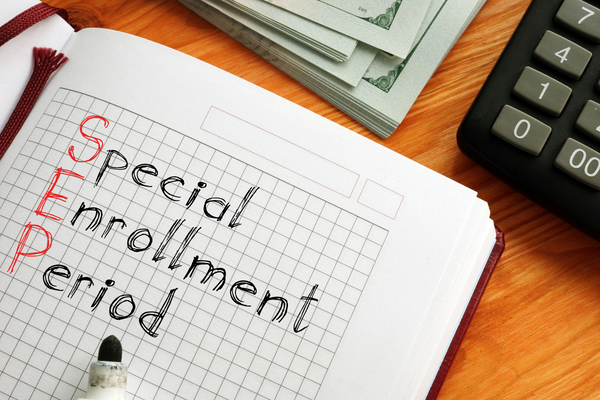If you’re one of the millions of people living in poverty, you may benefit from the special enrollment period for low-income individuals.
According to the U.S. Census Bureau, in 2020, there were 37.2 million people in poverty, approximately 3.3 million more than in 2019. And at the end of the last Open Enrollment, roughly ⅓ of Marketplace participants had income below the federal poverty level.
In September 2021, the U.S. Department of Health & Human Services finalized a new special enrollment period (SEP), granting year-round enrollment in ACA-compliant health insurance if an applicant’s household income does not exceed 150% of the federal poverty level and if the applicant is eligible for a premium tax credit (subsidy) that will cover the cost of the benchmark plan.
Who Is Eligible For This Special Enrollment Period?
Remember, to be eligible, your household income cannot exceed 150% of the federal poverty level. So a single person enrolling in coverage amounts to an income of no more than $19,320. For a household of five, it’s $46,560.
You must also be eligible for premium tax credits to take advantage of this SEP. And regardless of income, the SEP is not available to a person who is eligible for Medicaid, premium-free Medicare Part A, or an employer-sponsored health plan that provides minimum value and is considered affordable.
What Does This Special Enrollment Period Allow Eligible Applicants To Do?
Under the special enrollment period, applicants can enroll in an ACA-compliant health plan through the marketplace at any time during the year. No matter what day of the month you enroll, coverage will take effect the first of the following month. There are no limitations on how often it can be used or the type of health plan someone selects.
People with an income up to 150% of the poverty level are strongly encouraged to select a Silver Plan. This is because silver plans have built-in cost-sharing reductions that make the coverage better than a Platinum plan. Another thing to note, as long as the American Rescue Plan’s subsidy enhancements are in effect, the two lowest-cost Silver plans are premium-free (in most states) for applicants with income up to 150% of the poverty level.
Also, a person with an eligible household income enrolled in an exchange plan can use this SEP to pick a different plan. Remember that deductible and out-of-pocket spending would reset to $0 for the year when the new plan starts.
How to Prove Eligibility for this SEP?
It’s pretty simple. To access the SEP for low-income individuals or families, you must prove that your income is in the eligible range. Suppose the income information the government has on file for you (or your family) doesn’t match the income the applicant has projected. In that case, you may need to provide proof of your projected income to ensure it’s not more than 150% of the poverty level.
If you can’t provide proof, the federally run marketplace can terminate the premium tax credit paid on the enrollee’s behalf. This means you would be paying full price for coverage, or you will find coverage terminated when you don’t pay the full premium in the first month required.
How Long will the Low-income Special Enrollment Period Last?
The Inflation Reduction Act now keeps these savings and lowers costs through 2025. We don’t know if it will extend past 2025. Your current Marketplace plan and premium won’t change for the rest of 2022, and if you qualify for savings on 2023 coverage, you’ll see the lower costs when you shop for plans starting November 1.
Interested in the Low-income Special Enrollment Period?
While Open Enrollment remains the best time to sign up for year-long coverage, you can sign up anytime. This SEP makes it easier for you to sign up for premium-free plans with low cost-sharing throughout the year.
To learn more about your coverage options, contact me today.

